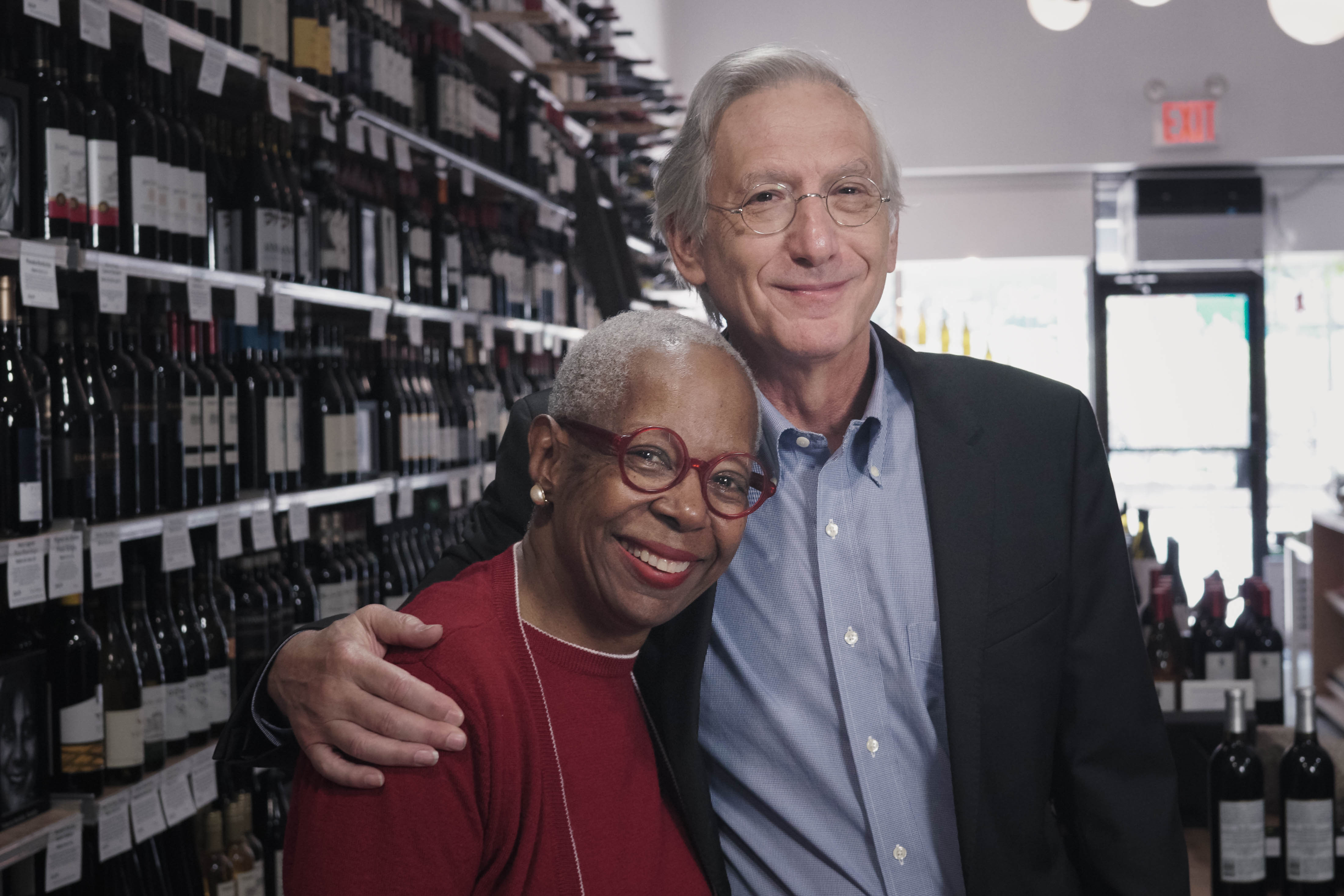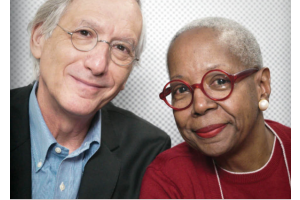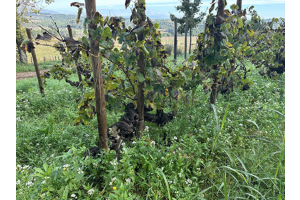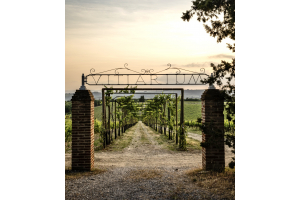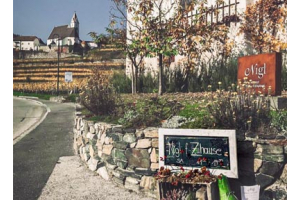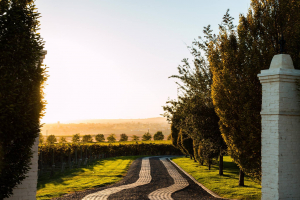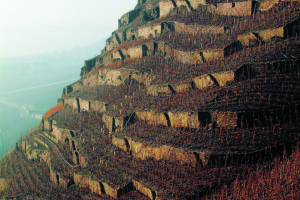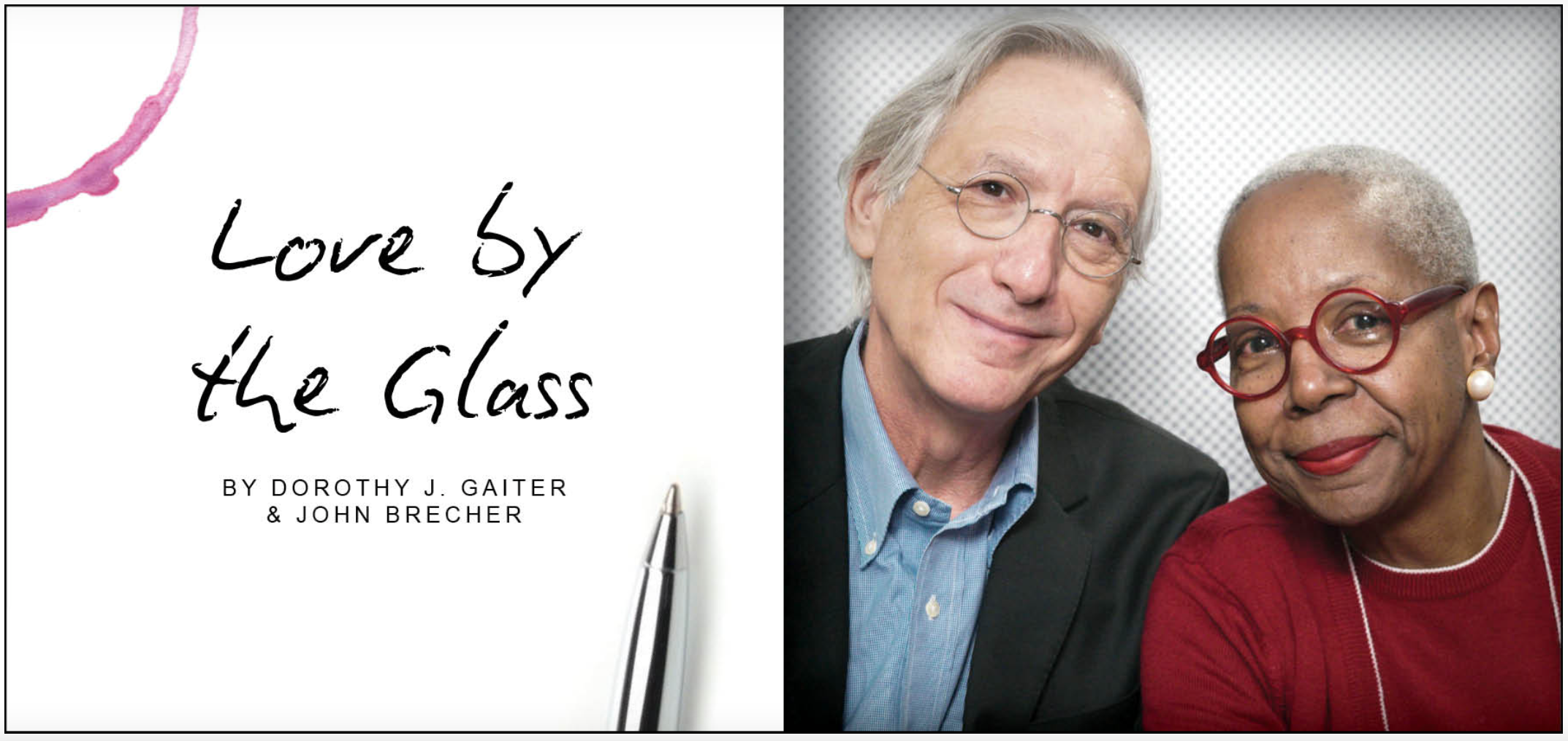
We admire the notion that one can do well by doing good. And it’s especially great when a long-established business attempts to tack in a positive direction ahead of its peers and pulls that off.
 We recently caught a bus and went to Harlem to Melba’s, a Black-woman owned restaurant that opened its doors in 2004.On the drinks list was a wine we’d only heard about: House of Brown, the second label of groundbreaking Brown Estate winery in Napa’s Chiles Valley. We ordered the red blend, which first impressed us with its stunning label and screwcap that said “Welcome” on its head and then with its fresh, raspberry-blackberry, fruit-forward flavors over a foundation of minerals and vibrant acidity. It was a winning pairing with Dottie’s short ribs, mac ‘n cheese and collard greens and John’s fish sandwich.
We recently caught a bus and went to Harlem to Melba’s, a Black-woman owned restaurant that opened its doors in 2004.On the drinks list was a wine we’d only heard about: House of Brown, the second label of groundbreaking Brown Estate winery in Napa’s Chiles Valley. We ordered the red blend, which first impressed us with its stunning label and screwcap that said “Welcome” on its head and then with its fresh, raspberry-blackberry, fruit-forward flavors over a foundation of minerals and vibrant acidity. It was a winning pairing with Dottie’s short ribs, mac ‘n cheese and collard greens and John’s fish sandwich.
In 1980, Dr. Bassett and Marcela Brown purchased 450 acres with an ancient, tumbledown house and barn as a weekend place, a back-to-nature bid from busy life in Los Angeles. They planted grapes, mostly Zinfandel, which they sold to well-known wineries for a decade. In 1995, their children, Deneen, David and Coral Brown, founded the wine region’s only Black-owned estate winery, Brown Estate. David eventually became the lone winemaker. Back in 2000, some geniuses at the Wall Street Journal decided to take our creation, Open that Bottle Night, to Napa and invite vintners and fans of “Tastings,” the column we wrote for the newspaper until 2010, to a special dinner. It was a great night and we first met two of the siblings there.
While still well-known for elegant Zinfandels, Brown Estate also makes a Cabernet Sauvignon, a red proprietary blend called Chaos Theory and other wines. A few days after our dinner at Melba’s, we reached out to Deneen Brown, CEO of Brown Estate, to talk about the House of Brown range and what looks to us like smart ways to reach a new generation of wine drinkers while retaining longtime fans. The House of Brown wines, all vegan-friendly blends at around $20, include a Chardonnay, a rosé and the red blend. They are made with certified sustainable Lodi grapes by consulting winemaker Susy Vasquez. The wines’ composition varies.
Grape Collective: Your company has made some serious moves to make wine more welcoming. Your website says: “The creation of House of Brown was inspired by an extraordinary community of wine consumers who for over two decades had been finding themselves at home (and at ease) with Brown Estate, and in 2017 began assembling at the family’s then newly opened Brown Downtown Napa tasting room. This period marked an evolution in wine consumer demographics, with the wine industry seeing an influx of young and culturally diverse enthusiasts coming to the fore.”
 Deneen Brown: 2018 is when we launched House of Brown. And of course there were some interruptions because of the pandemic. 2025 will be the 30th bottling of Brown Estate. Being a direct-to-consumer business all this time, operating a wine club for nearly 20 years, we had a lot of data and understanding. However, we did not realize that launching House of Brown as a wholesale brand would be inviting a bull into our China shop. It has been quite a learning experience. It has been growing. It’s given us the opportunity to bring to the table, while still being 100% family-owned, a caliber and capability that Delta Airlines, Whole Foods, Total Wine and World Market are looking for. We’re distributed in 45 states now. We really had to expand our distribution footprint going into this House of Brown range.
Deneen Brown: 2018 is when we launched House of Brown. And of course there were some interruptions because of the pandemic. 2025 will be the 30th bottling of Brown Estate. Being a direct-to-consumer business all this time, operating a wine club for nearly 20 years, we had a lot of data and understanding. However, we did not realize that launching House of Brown as a wholesale brand would be inviting a bull into our China shop. It has been quite a learning experience. It has been growing. It’s given us the opportunity to bring to the table, while still being 100% family-owned, a caliber and capability that Delta Airlines, Whole Foods, Total Wine and World Market are looking for. We’re distributed in 45 states now. We really had to expand our distribution footprint going into this House of Brown range.
(Deneen Brown, photo courtesy of Brown Estate)
GC: But your “welcome” and “I see you” ethos were there from the beginning?
Brown: Absolutely. It’s just that there was no social media. There were hardly any wineries that had a website when we started. When we launched this business, Brown Estate, Google was not something we could go to. We got help from our neighbors, Koerner Rombauer, Robin Lail. We got advice from the Nichelinis. We went to the library, dragged around Jancis Robinson’s Oxford Companion to Wine. Those were the early days. So in one way we kind of had the luxury of that privacy to make our way, establish ourselves without the lens that social media brings. And we were able to establish ourselves based on the quality of the wine. We really wanted to be respected by our neighbors and our peers in the Napa Valley. The industry in the valley was extraordinarily welcoming and supportive and championing of us.
I’ll tell you what, though, as a consumer, that’s where I felt the sting of not belonging. And for me personally, that became a passion to make sure that no one entered my establishment feeling that they didn’t, no matter how they showed up. And that means literally everyone, not just people who look like me.
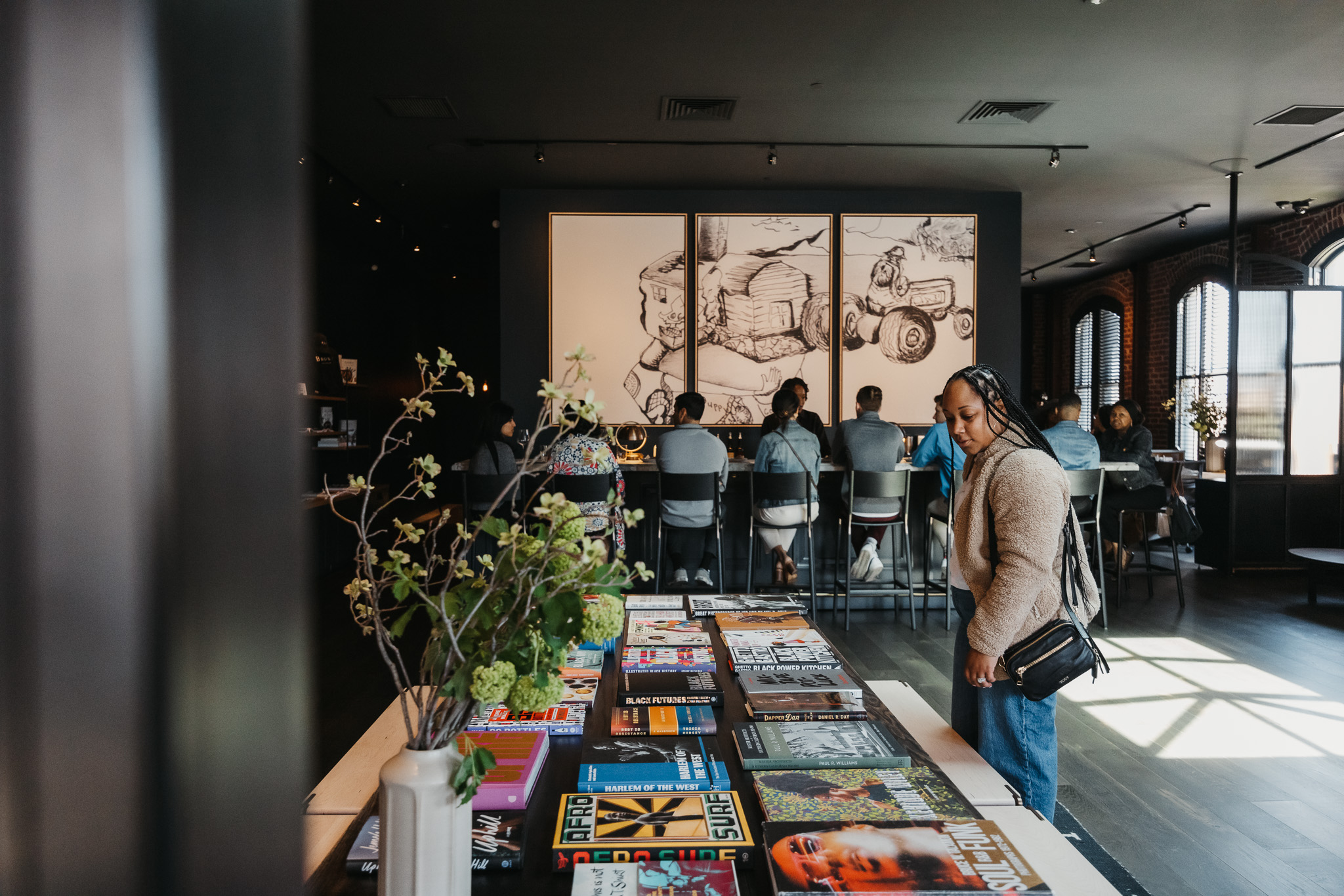 GC: We saw on your very useful website that the tasting room, which is open Tuesday through Sunday, has a wait list for weekends. Speaking of social media, we saw that you are welcoming collaborations with influencers. That’s got to be a youth-driving thing too. Do you get many applications to do that?
GC: We saw on your very useful website that the tasting room, which is open Tuesday through Sunday, has a wait list for weekends. Speaking of social media, we saw that you are welcoming collaborations with influencers. That’s got to be a youth-driving thing too. Do you get many applications to do that?
(Brown Downtown Napa tasting room, 1005 Coombs St, photo by Maggie Mai courtesy of Brown Estate)
Brown: Absolutely. That’s why we put it on the site. It’s because we kept getting peppered with these requests and we thought, oh gosh, we’re overwhelmed. We didn’t want to just let people go unanswered so we needed to create a framework to manage that.
GC: Is it going well?
Brown: It’s going very well. I mean, we’re still learning and still growing and still fine-tuning everything.
GC: Are you still accepting visitors at the winery and original property or just at the downtown tasting room and sometimes at headquarters nearby?
Brown: Not at the estate since Dad passed [in 2019]. Also we were in the eye of the storm of a fire. And with the growth, the production has just taken over. We really just don’t have the capacity there. And that was a reason we moved downtown, to get the hospitality piece off property. We’re quite remote up in the hills there and we saw right away that people were so excited to not have to make that journey.
GC: The House of Brown labels are beautiful. We noticed that they include descriptions of what the wine tastes like, but not what the grapes are. Do you think it might be off-putting to some consumers to actually list the grapes?
Brown: I think the main thing is that we wanted to retain the flexibility because these are palate-driven wines, so we’re kind of reverse engineering. The red one was inspired by old California Gamay; in-house we call it our Juvé, meant to be young, early, and often-consumed. And so in order to do that, the biggest control we have is over the harvest date and picking the Cabernet -- it’s 50% Cabernet for that particular wine – that allowed us to get it light, fresh. And also we didn’t want to pigeonhole ourselves and restrict ourselves to that, because as you can imagine, altering what is on the label from year to year is not cost-effective.
GC: The materials for House of Brown say it’s women-led. Is David OK with that?
 Brown: Oh, yeah. So I’m the CEO and my sister and brother lead both the farming and winemaking production operations. Coral really is the mastermind behind designing the House of Brown wines. And I would say David is her secret weapon. They’re a great team. We’re very, very, very close. But as we’ve grown, we’ve had to kind of take responsibility in our own rings. We’re in constant communication with Mom.
Brown: Oh, yeah. So I’m the CEO and my sister and brother lead both the farming and winemaking production operations. Coral really is the mastermind behind designing the House of Brown wines. And I would say David is her secret weapon. They’re a great team. We’re very, very, very close. But as we’ve grown, we’ve had to kind of take responsibility in our own rings. We’re in constant communication with Mom.
(L-R: David, Deneen, Marcela, Bassett & Coral Brown, photo by Gary Ferber courtesy of Brown Estate)
GC: How many cases of House of Brown do you produce every year?
Brown: Well, as a family-owned operation, that’s not information that we share, but we are, like I said, distributed nationally and we are proud to be on Delta Airlines right now, and we are growing. In March, we hired Chris Gaither -- he’s on our team full time as Director of Education and direct-to-consumer sales. But also in his role as educator he acts as an ambassador for the House of Brown line and travels around the country. He just returned from the Congressional Black Caucus. We were invited to participate with Delta Airlines and the Black Caucus in a fireside chat to talk about the importance of collaborations.
GC: That’s great. We wrote about him in 2022 when he became only the fourth Black person in the world to earn the Master Sommelier diploma.
So backing up a bit, who are your consumers?
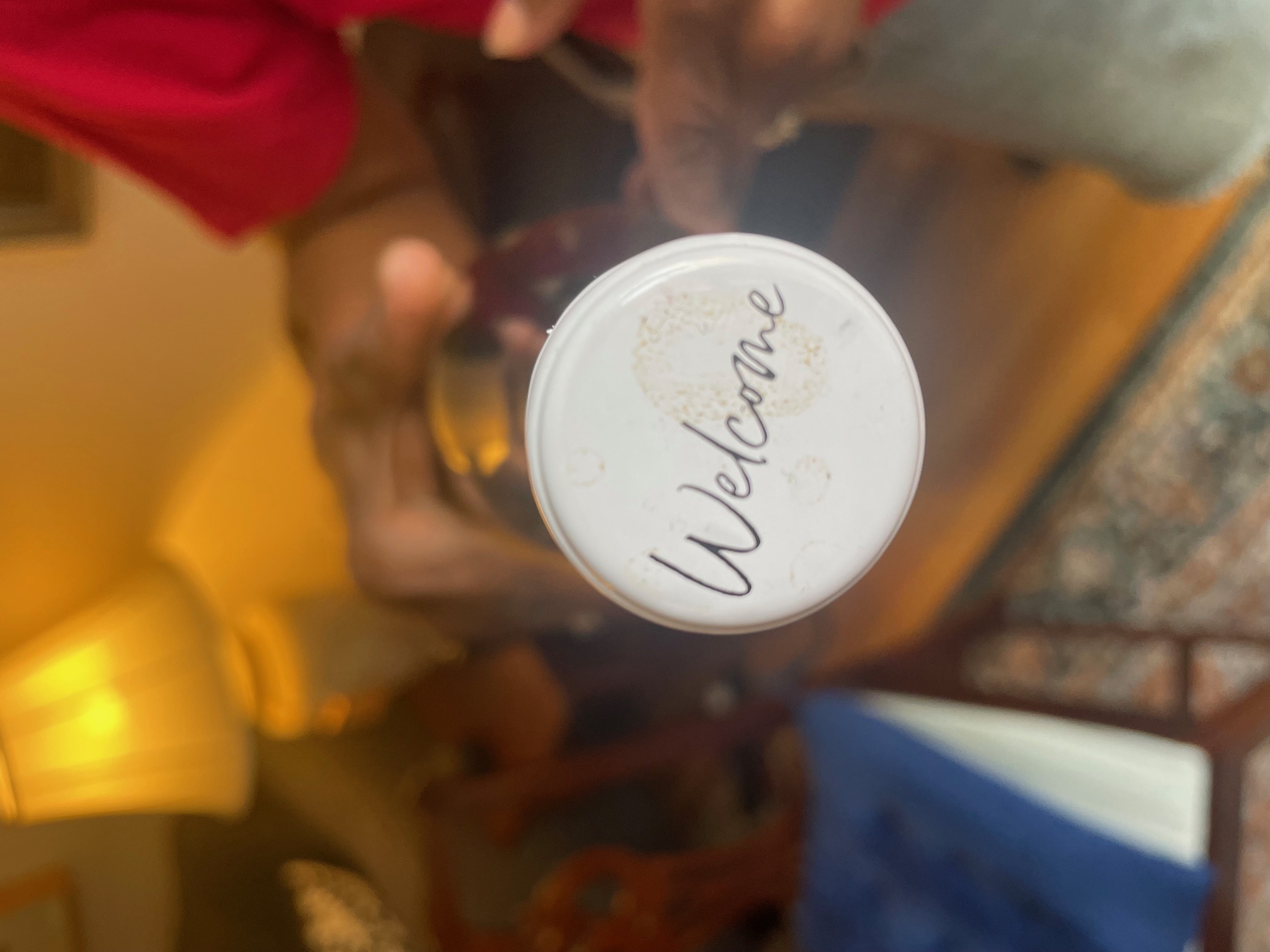 Brown: Well, it’s a beautiful thing and it’s similar to what we’ve seen all along out in the woods [at the winery], but I think it’s skewing younger now. Definitely younger, very female. But it’s just, it’s everyone. And when we have these member clubhouse events once a month at HQ, you may see an older couple from Kansas hanging out with young women from Oakland. It’s a mashup. We’re participating in Karen MacNeil’s “Come Over October” campaign. https://www.
Brown: Well, it’s a beautiful thing and it’s similar to what we’ve seen all along out in the woods [at the winery], but I think it’s skewing younger now. Definitely younger, very female. But it’s just, it’s everyone. And when we have these member clubhouse events once a month at HQ, you may see an older couple from Kansas hanging out with young women from Oakland. It’s a mashup. We’re participating in Karen MacNeil’s “Come Over October” campaign. https://www.
We insist on that welcoming spirit. Our team very much reflects our customer base. We consider our customers our most important stakeholders. And they want to see each other. They want to be with one another. They want to connect. You see different ages, people in wheelchairs, what we call the elders come through who don’t drink, but they just want to bear witness. We’ve got interracial couples, mother-daughter groups. Name it. It literally is what you would want the world to look like.
Dorothy J. Gaiter and John Brecher conceived and wrote The Wall Street Journal's wine column, "Tastings," from 1998 to 2010. Dorothy and John have been tasting and studying wine since 1973. In 2020, the University of California at Davis added their papers to the Warren Winiarski Wine Writers Collection in its library, which also includes the work of Hugh Johnson and Jancis Robinson. Dottie has had a distinguished career in journalism as a reporter, editor, columnist and editorial writer at The Miami Herald, The New York Times, and at The Journal. John was Page One Editor of The Journal, City Editor of The Miami Herald and a senior editor at Bloomberg News. They are well-known from their books and many television appearances, especially on Martha Stewart's show, and as the creators of the annual, international "Open That Bottle Night" celebration of wine and friendship. The first bottle they shared was André Cold Duck. They have two daughters.
